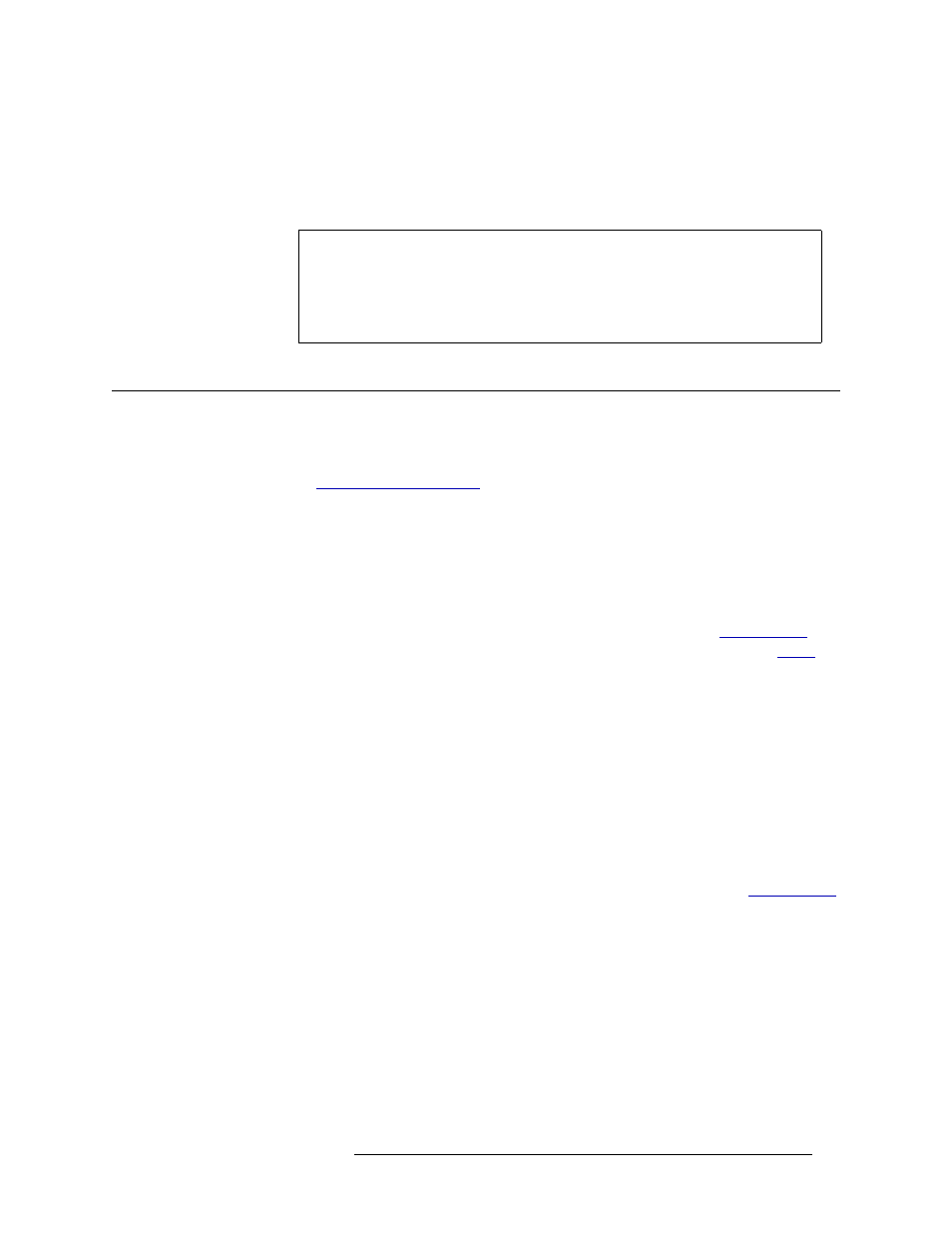Protect, Protecting and releasing sources, Ed. see – Grass Valley NV9601 v.2.0 User Manual
Page 55: Ed by a ‘p’ (see, Operation

NV9601 Control Panel • User’s Guide
45
6. Operation
Protect
Prev Src
is helpful when you want to quickly return to the previous source that was routed, such as
when a route was made in error, or when toggling between two sources. For example, you routed
VTR1 to VTR2 in error, by pressing
Prev Src
you can immediately return to VTR1 and make the
correct route (in this case, VTR3).
Protect
A “protect” prevents others from routing to a destination or source, but not the user who initiated
the protect status. Protects are applied by an “owner” and is based on the user ID entered in the con-
trol panel (see
on page 19). When applied, other users at other control
panels are unable to switch to the protected destination or source. However, a user at the control
panel from which the protect originated can switch the protected source or destination without
clearing the protect.
Protects are useful for preventing accidental routes and acts as a warning to others. When a device
is protected a ‘+’ appears in the ‘Preset’ column in the display area. Press
Info
to learn which user
applied the protect. If a protect was applied by the current user of a control panel, no ‘+’ displays.
Force Release enables other users, other than owner, to remove the protect (see
page 39). To prevent anyone from performing a different route, apply a lock instead (see
page 42).
There are two button that apply protects:
Prot
protects a source or destination.
Dst Prot
protects only
destinations. The configurer may choose to have one or both appear on the control panel, depend-
ing on your facility needs.
The ‘
Dst Prt
and
Prot
are toggles. Press the button to protect a destination. Press the button again to
release the protects status.
Protecting and Releasing Sources
How a source is protected depends on whether you are in X-Y or MD mode. Only the user that
applied the protect can remove it unless Forced Release mode has been enabled (see
The protected source cannot be switched to any other destination by users on other control panels,
however, the user of the current control panel can still route using the source.
When a protect is applied to a source, the following displays:
• ‘P’ in ‘Status’ column when a protect is initially set by owner at owner’s panel.
• ‘P’ in ‘Preset’ column when source is preset by owner at owner’s panel.
• ‘P+’ in ‘Preset’ column when protect set by another user.
• ‘I’ appears if applying a protect to a machine control (data) device indicating that an implicit
protect has been applied.
Note
The previous source may not have been switched at your control panel. Another
user may have made a route at another panel. For example, if another panel
routed VTR1 to VTR2, but you accidentally changed the source from VTR1 to
VTR3 at your panel, press
Prev Src
and then
Take
to re-establish the correct route
(VTR1 to VTR2).
